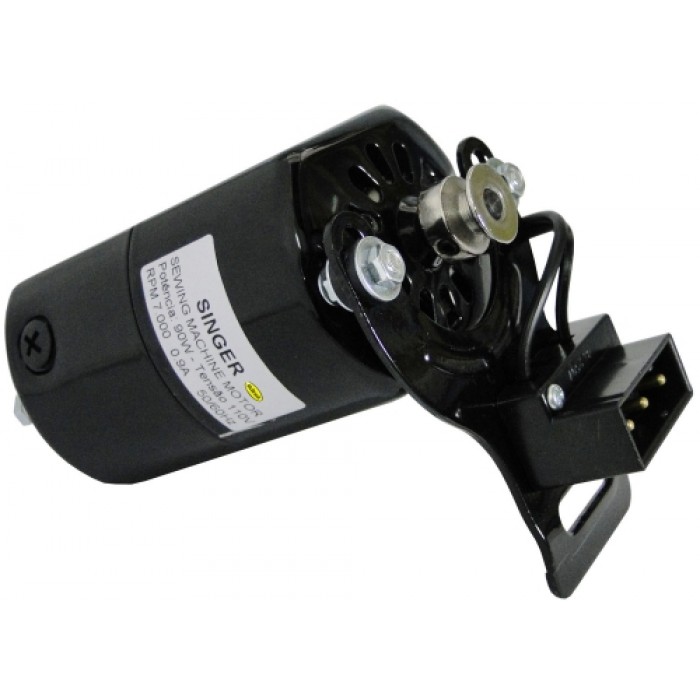Before changing the motor I would try the Triac method, if you are able to, there are many designs out there via Google etc. And simple to build with just a few parts needed.
would you have a link you can recommend for a diagram?
When I've seen sewing machine operators use similar systems they always, and I mean always, start the sewing by manual rotation of the wheel as they press the pedal. This gives the motor the starting torque necessary to prevent it over-speeding when you 'get your foot down'.
i do this a lot. I observe on my machine, there's always a point in the one full rotation that the resistance/friction seems to be the greater than the rest of it.. There's so many parts in this mechanical thing that i dont think I'd ever figure out which is causing it. As a result, sometimes it can run on its own, and sometimes i had to push full throttle on the pedal and it still needs a push on the wheel - which is annoying.
Plus, to think the machine is about 50+ years old, its motor is probably a little worn out. One time I had to replace its power cable because it caused a short circuit - the insulation of the cable literally decomposed and caused contact on the +V and Ground..
this thing is built like a tank, its older than me and it still works! - well... like the rest of those old time singer machines - they last probably more than a lifetime


